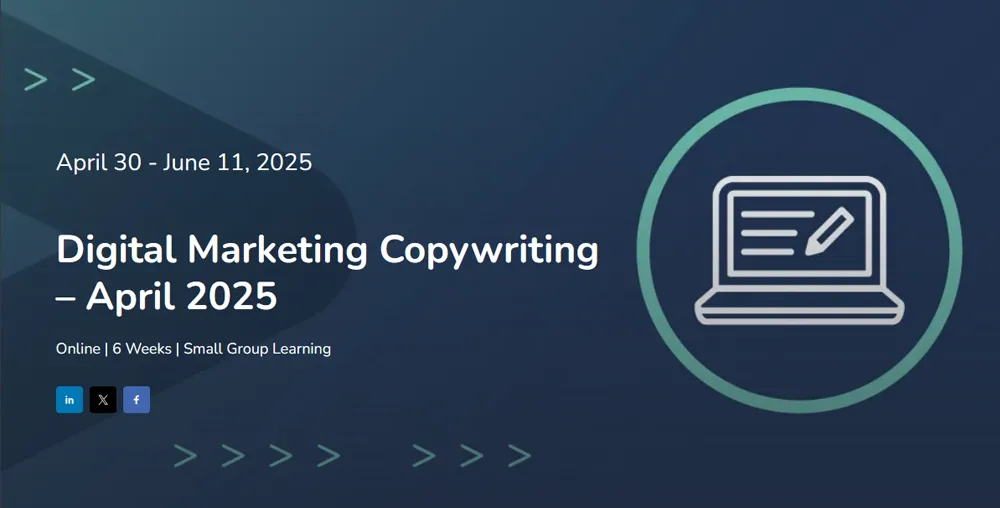There’s never been a better time to launch a robust email and SMS marketing campaign calendar. According to Campaign Monitor, 64.1% of small businesses used email marketing to reach customers, second only to Facebook in popularity. And 9 out of 10 consumers prefer to communicate with businesses through text messages, according to SMS Comparison. Is your brand still not emailing or texting prospects and customers? Without doing so, you’re putting your business at risk and leaving money on the table.
Here are the top 3 reasons why you should invest in email and SMS marketing:
Ownership of Contacts
Email and SMS marketing stand out from the rest of the marketing mix because you own these contacts, not rent them.
Many retailers I speak to tout their followers on Instagram, Facebook, Pinterest, and YouTube and their growing reach and impressions through various tactics like posting stories, videos, and SEO optimization on key pages of their website. But success can be fleeting. Changes to algorithms make it harder to reach even those who like and follow your brand let alone reach potential customers.
Email and SMS marketing differ from other channels in that once you obtain consent to email or text a contact, you can do so as much as you like unless they unsubscribe. You also have these names forever. And unlike social media, you don’t have to worry about the risk of your audience disengaging from platforms fading in popularity. As your business grows and focuses more efforts on retention, it’s paramount you have a robust email and SMS list to reach and engage customers throughout their journey with your brand.
More Reliable than Third-Party Cookies
Cookies can be used by websites to track people’s browsing behavior. Third-party cookies help digital marketers make connections about a user’s behavior across multiple websites (e.g. where people shop and what items they’re interested in purchasing next) in order to serve up relevant ads where you spend your time online.
Laws including GDPR for European Union countries and CCPA in California have been passed in the last few years, requiring businesses to be more transparent about how and when companies collect and use your data. In response to mounting pressure from regulators, Google, Apple, and Mozilla have announced plans to phase out support for third-party cookies in their browsers.
The loss of third-party cookies makes it much harder for advertisers to track users across the web and serve targeted ads based on their preferences. As a result, 23% of marketing experts plan to invest in email marketing software.
How can you prepare for this switch if you haven’t already? First, update your website to collect visitors’ basic first-party data (e.g. First name, email address, and phone number). To collect the data, you can launch a pop up on your website and add areas to opt-in during checkout. Then, use your ESP (email service provider) to set up first-party cookie tracking on your website to collect individual users’ browsing behavior onsite (e.g. what category and product pages they visited, and what items they placed in their cart). Finally, start to expand your customer data set by collecting additional information about their preferences through polls, surveys, forms and quizzes.
In addition to updating your website, you can run email campaigns to individuals in your database to collect missing first-party data (e.g. cell phone, mailing address).
Once you have visitors’ information and permission to use it, that data is yours and you can begin to create a better, more-personalized customer experience.
High Return on Investment
Email and SMS marketing offer some of if not the highest ROI out of all marketing channels. For every $1 spent on email marketing, you can expect a return on investment of $36 – which is higher than any other marketing channel.
There’s a myth that email marketing is an outdated way to reach consumers, but data proves the opposite. 77% of marketers have seen an increase in email engagement in the last 12 months.
SMS marketing is the only channel that beats email marketing in terms of engagement and revenue generated. Studies have shown that people read 95% of the text messages they receive, which no other marketing channel can top in terms of engagement. In addition, promotional text messages have an average click-through rate (CTR) of 36% – eight times higher than email’s average CTR of 4.5%.
Combining email and SMS marketing is a powerful combination to drive revenue growth. An example of how brands use this to their advantage is sending a SMS message for a new launch or when you leave something in your cart, and if the item isn’t bought following up with an email a few hours later. When text messages make up at least 30% of their total digital CRM campaigns, their revenue per recipient (RPR) increased 187% after adding SM marketing to the mix.
Conclusion
Email and SMS marketing are here to stay as digital marketing channels. The sooner you get started collecting basic but critical contact information that YOU own, the sooner you’ll be in boosting ROI from your marketing spend.









Comments are closed.